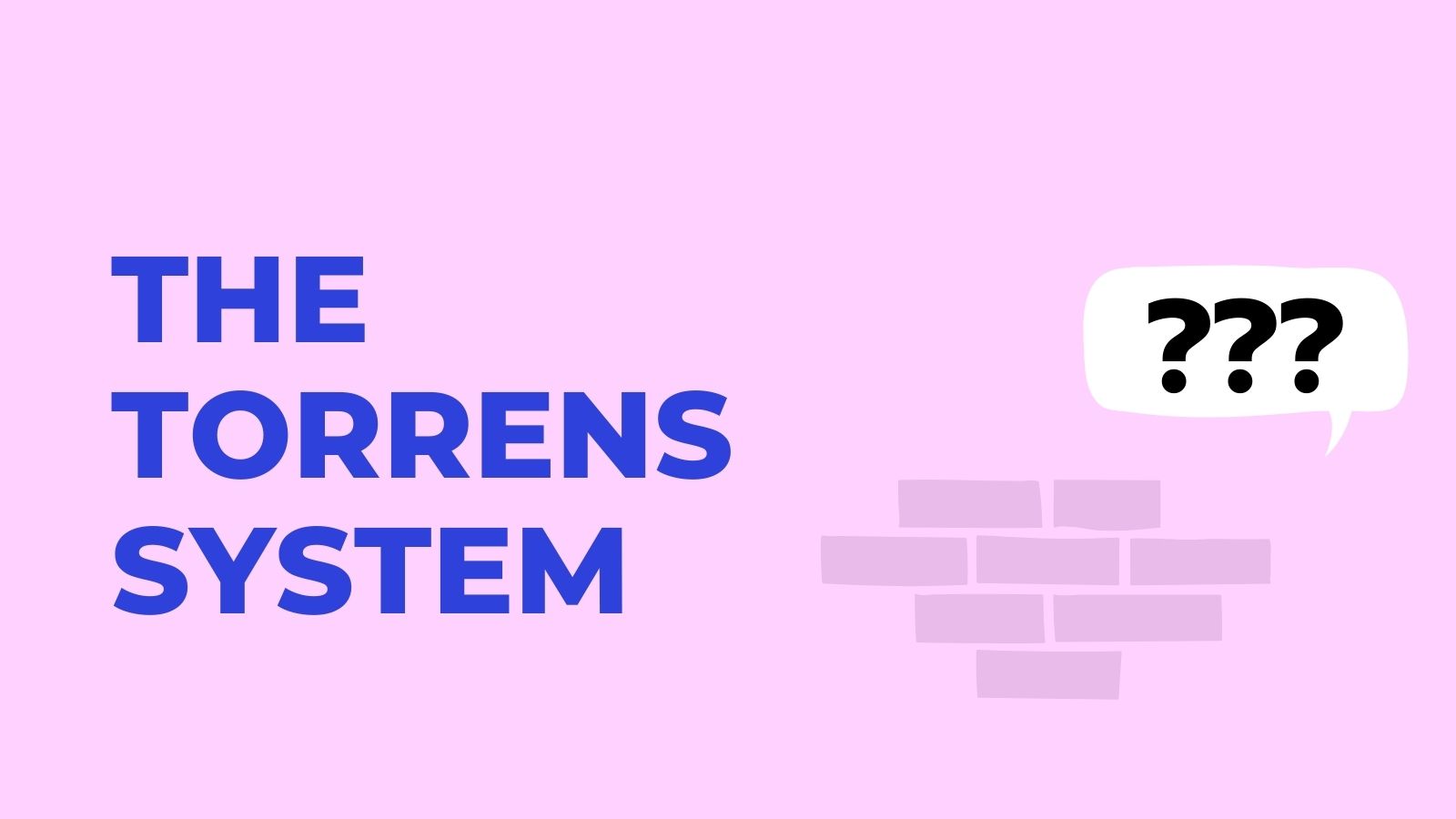Welcome to the world of land registration in Singapore, where efficiency and security are at the heart of the real estate industry. In this article, let’s delve into the fascinating Torrens System, a revolutionary method of land registration that has been transforming the way properties are bought, sold, and secured in this island nation. I like to share with you the ins and outs of the Torrens System and how it has shaped the landscape of land ownership in this dynamic city-state.
Historical Context
The Torrens System, also known as the Torrens Title System, is named after Sir Robert Richard Torrens, an Australian politician and pioneer in land law. It was first introduced in South Australia in 1858 as a response to the complexities and inefficiencies of traditional land registration systems. Since then, the Torrens System has been adopted and adapted by many countries, including Singapore.
Principles of the Torrens System
The Torrens System is based on three fundamental principles: (1) the mirror principle, (2) the curtain principle, and (3) the insurance principle.
The mirror principle ensures that the land register accurately reflects the current state of ownership. It provides a reliable and transparent record of all registered interests, such as ownership, mortgages, and leases. This principle gives potential buyers confidence that the information they find in the land register is complete and accurate.
The curtain principle means that the register is the only document needed to prove ownership. The system protects buyers by allowing them to rely solely on the register without needing to investigate historical ownership documents. This eliminates the need for expensive and time-consuming title searches.
The insurance principle ensures that the state guarantees the accuracy of the information in the register. If there is any loss or damage resulting from an error or omission in the register, the affected party can claim compensation from the government. This principle provides an additional layer of security to property owners and reduces the risk associated with land transactions.
Implementation in Singapore
Singapore embraced the Torrens System in 1960 when it enacted the Land Titles Act. This bold move revolutionized land registration in the country and laid the foundation for a modern, efficient, and secure real estate market.
Under the Torrens System, the Singapore Land Authority (SLA) is responsible for maintaining the land register, known as the Integrated Land Information Service (INLIS). INLIS serves as a centralized repository of all land-related information, including ownership records, encumbrances, and transaction history.
The registration process begins with the issuance of a land title, which serves as conclusive proof of ownership. The land title contains details such as the property’s location, boundaries, and any encumbrances registered against it. When a property is sold, the transfer of ownership is recorded in the land register, updating the title information accordingly.
The Torrens System has streamlined and expedited land transactions in Singapore. Buyers can rely on the accuracy and completeness of the register, reducing the need for extensive due diligence. This efficiency has boosted investor confidence, facilitating a vibrant real estate market.
Benefits and Advantages
The Torrens System offers several significant benefits and advantages that have contributed to its success in Singapore:
- Certainty and Security: The Torrens System provides a reliable and secure method of establishing and transferring property rights. The state guarantee ensures that buyers can trust the accuracy of the land register, minimizing the risk of fraudulent transactions.
- Efficiency and Time Savings: With the Torrens System, property transactions can be completed more efficiently, reducing administrative burdens and saving time. The reliance on a single register eliminates the need for extensive document searches and simplifies the transfer process.
- Investor Confidence: The Torrens System’s transparency and robust legal framework have attracted local and international investors, driving Singapore’s real estate market. The ease of doing business and the protection provided by the system have made Singapore an attractive destination for property investments.
- Easier Financing: The Torrens System has facilitated access to financing by providing a clear and reliable framework for mortgage registration. Lenders can confidently rely on the register’s accuracy when evaluating properties as collateral, making it easier for property owners to secure loans.
- Dispute Resolution: The Torrens System provides a mechanism for resolving disputes related to land ownership. The register serves as an authoritative source of information, reducing the potential for conflicting claims and simplifying the resolution process.
Conclusion
In conclusion, the Torrens System has revolutionized land registration in Singapore, establishing a robust framework that ensures efficiency, security, and transparency in the real estate market. With its principles of accuracy, simplicity, and state-backed insurance, the system has played a crucial role in attracting investments and fostering a thriving property market. Singapore’s adoption of the Torrens System has propelled it to the forefront of real estate innovation, setting an example for other nations seeking to modernize their land registration systems. As Singapore continues to evolve and adapt to the changing needs of its real estate industry, the Torrens System remains a cornerstone of its success, empowering property owners, investors, and stakeholders alike.
